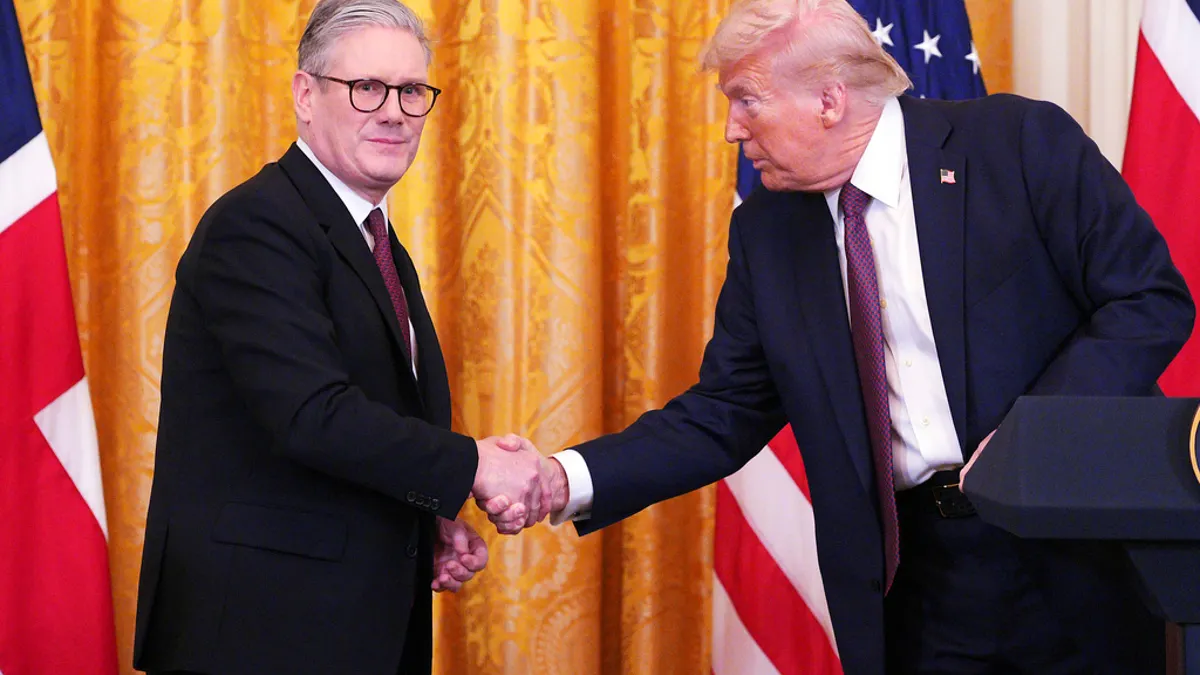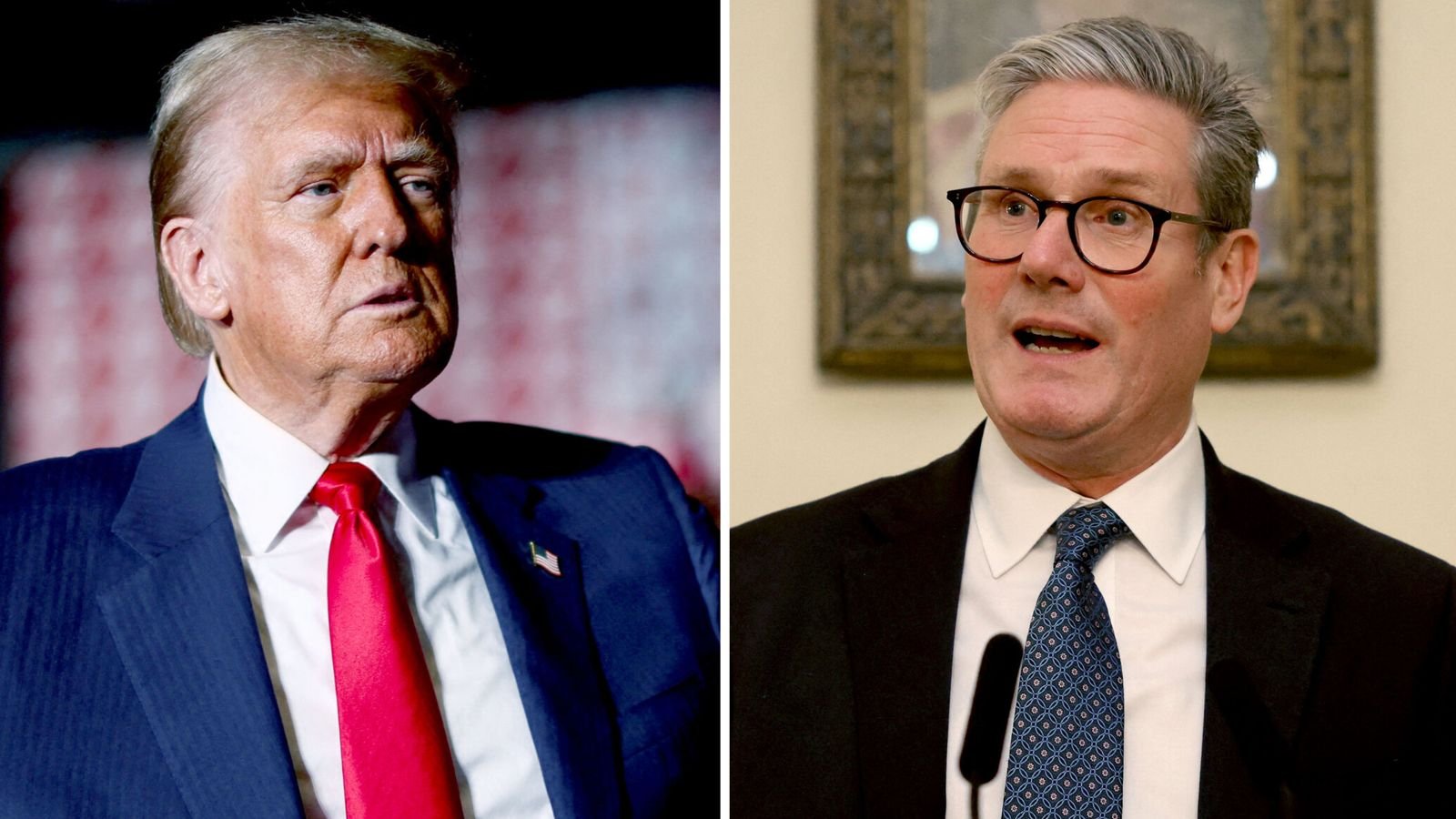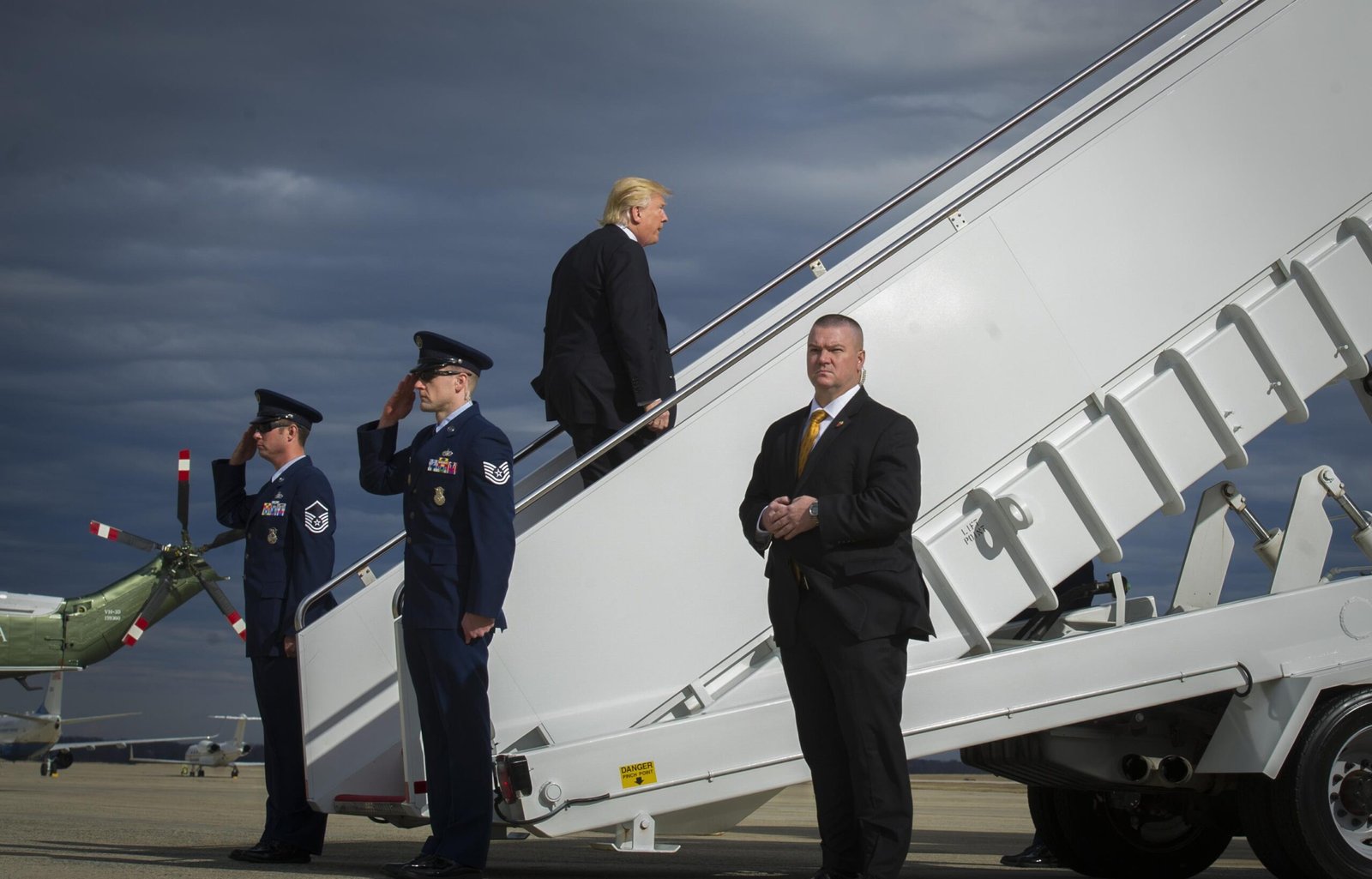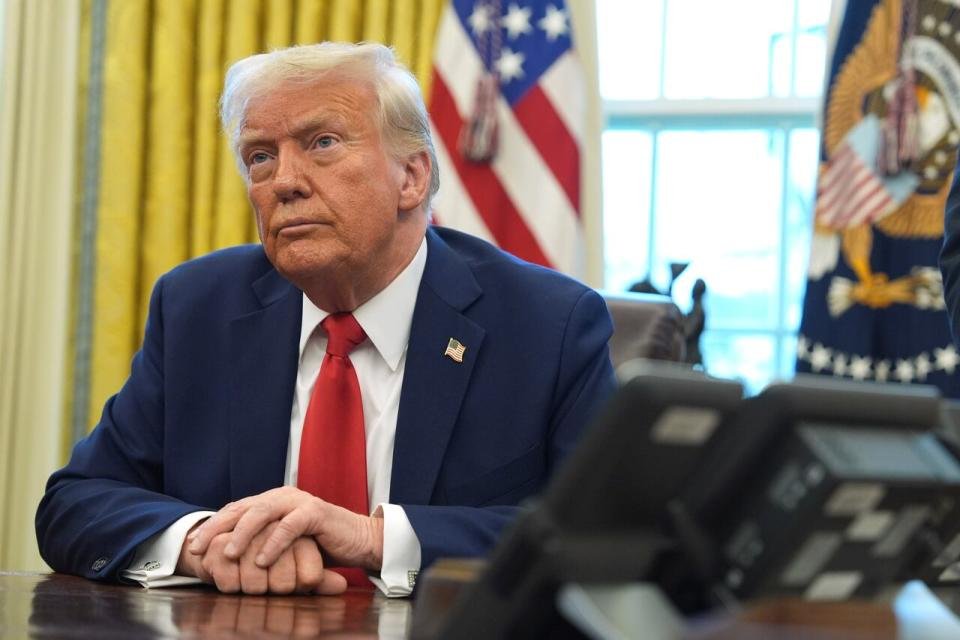
U.S. President Donald Trump’s appearance at the 2025 G7 summit in Kananaskis, Alberta, was brief but filled with high-stakes diplomacy, controversy, and rapid decisions. The summit, which gathered leaders from the world’s most powerful democracies, aimed to address pressing global issues including trade, regional conflicts, and climate coordination. Trump arrived with a packed agenda and made an immediate impact. Within hours, he finalized a new trade framework agreement with UK Prime Minister Keir Starmer. Describing the deal as “very well protected,” Trump presented it as a strong win for both nations, emphasizing its strategic benefits. He also participated in the traditional G7 “family photo,” a symbolic gesture of unity among allies. However, beyond the photo ops and trade achievements, the summit soon took a tense turn due to escalating tensions between Israel and Iran.
Midway through the summit, Trump posted a stark warning on Truth Social, urging residents of Tehran to evacuate and asserting that Iran “can never have a nuclear weapon.” This declaration alarmed other G7 leaders, many of whom hoped the summit would offer a united call for de-escalation in the Middle East. The warning came on the heels of increased Israeli military activity, and the timing suggested Washington was preparing for heightened involvement. That same evening, following the G7 dinner, Trump made an unanticipated announcement—he would cut his trip short and return to Washington immediately, citing the Middle East crisis as his primary concern. This decision left several scheduled meetings hanging, including key bilateral talks with leaders from Ukraine, India, Australia, Mexico, and South Korea.

Trump’s early departure also meant he did not participate in signing the G7 joint declaration on the Israel-Iran conflict. The declaration, supported by the remaining G7 nations, called for Iran to be permanently denied access to nuclear weapons and urged restraint across the region. While U.S. representatives remained to continue economic discussions, Trump’s absence drew criticism from some European leaders who saw it as a sign of unilateralism. French President Emmanuel Macron later acknowledged that Trump had proposed a ceasefire plan behind closed doors, but added that it was still unclear whether such a plan would be effective. Some officials viewed his departure as another instance of the U.S. distancing itself from multilateral agreements.
Despite concerns about diplomacy, Trump’s domestic team highlighted the success of the UK-U.S. trade deal, which was seen as a key deliverable from the summit. Trump proudly shared photos of the handshake and stated that the agreement symbolized a new era of transatlantic commerce. Meanwhile, as Trump landed in Washington, he immediately convened the National Security Council to address the Iran situation. In further statements, Trump reiterated his position that Iran had made a grave mistake by not entering into a new nuclear agreement, warning that consequences would follow. Critics, however, accused him of escalating tensions rather than managing them.

While Trump left the summit early, the remaining G7 leaders met with Ukrainian President Volodymyr Zelenskyy and reaffirmed their support for Ukraine amid its ongoing conflict with Russia. Canada’s Prime Minister Mark Carney explained to reporters that although Trump’s exit was sudden, his participation in early sessions was valuable, especially in terms of economic discussions. Still, the absence of the U.S. president in final-stage diplomacy raised concerns about allied coherence in handling international crises. Analysts also drew comparisons to Trump’s 2018 G7 walkout, where similar disruptions led to diplomatic tensions and fractured unity.

In the end, Trump’s brief G7 visit reflected his current leadership style: assertive, unpredictable, and focused on immediate strategic wins. His dramatic exit overshadowed important moments of consensus, particularly in areas requiring long-term coordination like nuclear security and regional stability. While the summit did deliver progress in economic terms, it also highlighted ongoing challenges in U.S. alignment with its allies. The events in Banff served as a reminder that leadership on the global stage requires not only bold moves, but sustained presence and cooperation—something many leaders felt was missing as Trump boarded Air Force One and left global diplomacy hanging in the balance.